Effect of fast charging strategy selection on 18650 battery life
With the gradual increase in the popularity of electric vehicles, more and
more electric vehicles have entered the daily life of ordinary consumers. The
service life of power batteries is often one of the focuses that people worry
about, which is also the cause of second-hand new energy. An important reason
for the low value retention rate of automobiles, so the cycle life is also a
very important assessment index for power batteries.
With the gradual increase in the popularity of electric vehicles, more and
more electric vehicles have entered the daily life of ordinary consumers. The
service life of power batteries is often one of the focuses that people worry
about, which is also the cause of second-hand new energy. An important reason
for the low value retention rate of automobiles, so the cycle life is also a
very important assessment index for power batteries. Generally speaking, the
cycle life of lithium-ion batteries and the choice of positive and negative
electrode materials and electrolyte have the greatest impact on the cycle life,
followed by the use strategy of lithium-ion batteries, such as charging and
discharging systems, operating temperature, etc., will affect the cycle life of
lithium-ion batteries have a noticeable impact. Peter Keil (first author,
corresponding author) and Andreas Jossen of the Technical University of Munich,
Germany, analyzed the impact of charging strategies on the cycle of different
types of power 18650 batteries. First of all, let's analyze several common
charging strategies 1. Constant current and constant voltage (CCCV) constant
current and constant voltage charging is the most common and common charging
method. Charging, when the set voltage is reached, the control voltage remains
unchanged and the charging current is continuously reduced until the current
reaches the set value or the time reaches the set value (as shown in Figure a
below). The charging time of this charging strategy is mainly affected by the
constant current charging current Icc, and the charging capacity is mainly
affected by the charging cut-off voltage Vch and the constant voltage charging
cut-off current Iend, and related studies have also shown that high charging
cut-off voltage Vch and large A high charging current Icc will lead to a
significant deterioration in the life of the Li-ion battery. 2. The multi-step
constant current charging method (MSCC) no longer uses constant voltage charging
in this charging strategy, but adopts a multi-step constant current charging
strategy with decreasing charging current, for example, after using I1 constant
current charging to the cut-off voltage , continue to use a smaller current I2
to charge to the cut-off voltage, and so on until the current decreases to the
final cut-off current (as shown in Figure b below). 3. Pulse charging method
(PC) This charging method can be found in some related literature reports. In
the charging process of this charging strategy, a series of short-term
adjustments to the charging current or even the charging direction (discharging)
may be used. Time pulse structure, there are two common pulse charging
strategies, one is to replace only the constant voltage charging part of CCCV
charging with pulse charging (as shown in Figure c below), and the other is to
replace the entire process with pulse charging (As shown in Figure d below). 4.
Accelerated charging (BC) The so-called accelerated charging mode is to add a
high-current CC or constant power charging process on the basis of the CCCV
charging mode, so as to achieve the purpose of reducing the charging time (as
shown in Figure e below). There are studies It shows that the accelerated
charging mode can effectively improve the charging efficiency of the lithium-ion
battery without significantly affecting the cycle life of the lithium-ion
battery.
In the experiment, the author chose three power type 18650 lithium-ion
batteries from Sanyo, Sony and A123. The rated capacity of the battery is about
1A. The information of the three batteries is shown in the table below. The
discharge curve of the battery under low current. Four charging systems were
used in the experiment, CCCV (constant current constant voltage), CCPC (constant
current pulse), PC (pulse) and BC (accelerated charging).
Since the CCCV charging strategy is the most common charging method, the
CCCV charging method is also used as a reference in this test. Table 2 shows the
strategy used for CCCV charging, mainly examining different charging currents
(1A, 3A and 5A). and the effect of charging cut-off voltage. Table 3 shows the
CCPC (constant current pulse) charging strategy, with 3A as the charging
current. Table 4 shows the PC (pulse) charging strategy, in which the high
current is 5A, the low current is 1A, and the duration of the high and low
current is the same, mainly testing the impact of different frequencies on the
battery. Table 5 shows the BC (accelerated charging) charging strategy, which
mainly tests the impact of accelerated charging in different SoC ranges on
battery performance.
1. Constant current and constant voltage charging (CCCV) 1.1 Influence of
charging current It is completed in the process of constant current charging,
and the constant voltage charging capacity only accounts for a very small part,
while the time for constant voltage charging of battery B accounts for a large
proportion. The charging current has the greatest impact on the charging time of
the battery. For example, if we increase the charging current from 1A to 3A, the
charging time can be shortened by 50%. If we continue to increase the charging
current to 5A, only the charging time of batteries A and C is shortened by 1/ 3.
As for battery B, the constant voltage charging time is longer, so the charging
time after increasing the charging current to 5A is not significantly shortened
compared with 3A.
1.2 Influence of charge cut-off voltage The charge cut-off voltage will
affect the electrode potential of the positive and negative electrodes, so it
will have a significant impact on the cycle life of the lithium-ion battery. The
figure below shows the change of the capacity of three batteries A, B and C with
the charge cut-off voltage. It can be seen that the charge cut-off voltage of
batteries A and B has a significant impact on the capacity of the battery. Every
time the charge cut-off voltage decreases by 100mV, the battery capacity will
decrease. It will decline by 10-20%, and because battery C uses LFP positive
electrode, the capacity of the battery above 3.4V has almost nothing to do with
the charging cut-off voltage of the battery. The following is the cycle
performance of the battery under different cut-off voltages. Overall, the cycle
performance of the battery is decreasing as the charge cut-off voltage
increases. For battery A, the impact of the charge cut-off voltage is relatively
small. The cut-off voltage is reduced from 4.2V to 4.1V, and the life is only
increased by about 100 times. To significantly increase the life of A battery,
it needs to be reduced to 4.0V, but this will reduce the capacity of the battery
by 30%, and increase the charging voltage of the battery to 4.25. V will only
slightly reduce the cycle life of the battery. Battery B is much more sensitive
to the charging voltage. After reducing the charging voltage from 4.1V to 4.0V,
the capacity retention rate of the battery increases by 5% after 800 cycles, but
further reducing the charging cut-off voltage to 3.9V will affect the cycle life
of the battery. There is no significant effect, but if the charging cut-off
voltage is increased to 4.15V, the decay speed of battery B will be
significantly accelerated. Battery C is the most sensitive to the charge cut-off
voltage. If the charge cut-off voltage is increased from 3.6V to 3.65V, the
cycle life of the battery will be significantly reduced, but reducing the charge
cut-off voltage has no significant impact on the cycle life of the battery.
2. Pulse charging (CCPC/PC) 2.1 Constant current pulse (CCPC) The constant
current pulse charging system is similar to the constant current and constant
voltage charging system, except that the constant voltage charging stage is
replaced by pulse charging. Compared with common charging time, CCPC The
constant current and constant voltage charging will actually take a little
longer, so CCPC has no advantage in charging time. The figure below shows the
cycle data of the three batteries using the CCPC and PC charging strategies. It
can be seen that when the CCPC charging strategy is used for the three
batteries, the cycle life of the battery is actually the same as that of the
CCCV charging strategy using the same charging current.
2.2 Pulse charging (PC) is different from the previous CCPC charging
strategy. The PC charging strategy adopts a pulse method throughout the charging
process. Because the polarization is relatively large during the pulse charging
process, the pulse charging will make the charging of the battery The capacity
has been reduced. For example, under the pulse charging strategy of battery A,
the battery can only be charged to 80% of the capacity, and battery C can be
charged to 95% of the capacity. In terms of charging time, the PC charging
strategy is almost the same as the CCCV charging system with the same current.
From the cycle data in the above figure, it can be seen that the cycle life of
the battery with the PC charging strategy is almost the same as that of the CCCV
charging strategy with the same current. 3. Accelerated charging (BC) The
accelerated charging strategy is to use a larger charging current (5A) for
charging in a lower SoC range, and then switch to a small current (1A) CCCV
charging method for charging after reaching the cut-off voltage, so charging The
time is relatively shortened. After testing, the charging time of battery A
using the BC charging strategy is 57 minutes, and that of battery C is 48
minutes, which is between the CCCV charging time of 1A and 3A current. The
figure below shows the cycle performance of batteries A and C using the BC
charging strategy. From the figure, it can be seen that for battery A, if
accelerated charging (5A) is used from 0%, the battery’s decay speed will
increase significantly, which is different from 5A. The current CCCV charging
strategy is close. However, if the charging is accelerated from 10% SoC and 20%,
the cycle life will be greatly improved, which is close to the CCCV charging
strategy with 3A current. For battery C, if the accelerated charging SoC is 0%
and 10%, the battery's decline rate will be accelerated significantly, and if
the accelerated charging is started at 20% SoC, it will have less impact on the
cycle life of the battery. This also shows that accelerated charging at lower
SoCs results in a significant impact on the cycle life of the battery.
The work of Peter Keil shows that the charging current has the greatest
impact on the battery cycle life. When batteries A and C are charged at a high
current of 5A, the cycle life of the lithium-ion battery will be severely
shortened, but the cycle life of battery B seems to be affected by the charging
current. has little effect. The second is the charge cut-off voltage of the
battery. A high charge cut-off will seriously shorten the service life of the
lithium-ion battery, especially for batteries B and C, increasing the charge
cut-off voltage by 50mV will seriously affect the cycle life of the battery.
From the charging strategy point of view, the pulse charging strategy has no
significant impact on the cycle life of the battery (compared to CCCV), but the
pulse charging does not reduce the charging time, especially the CCPC charging
strategy will also cause the charging time of the battery to be extended. . The
accelerated charging (BC) strategy can reduce a certain charging time, but the
accelerated charging strategy needs to carefully select the SoC range for
accelerated charging. Try not to use accelerated charging in the range of too
low SoC, so as not to affect the cycle life of the battery.


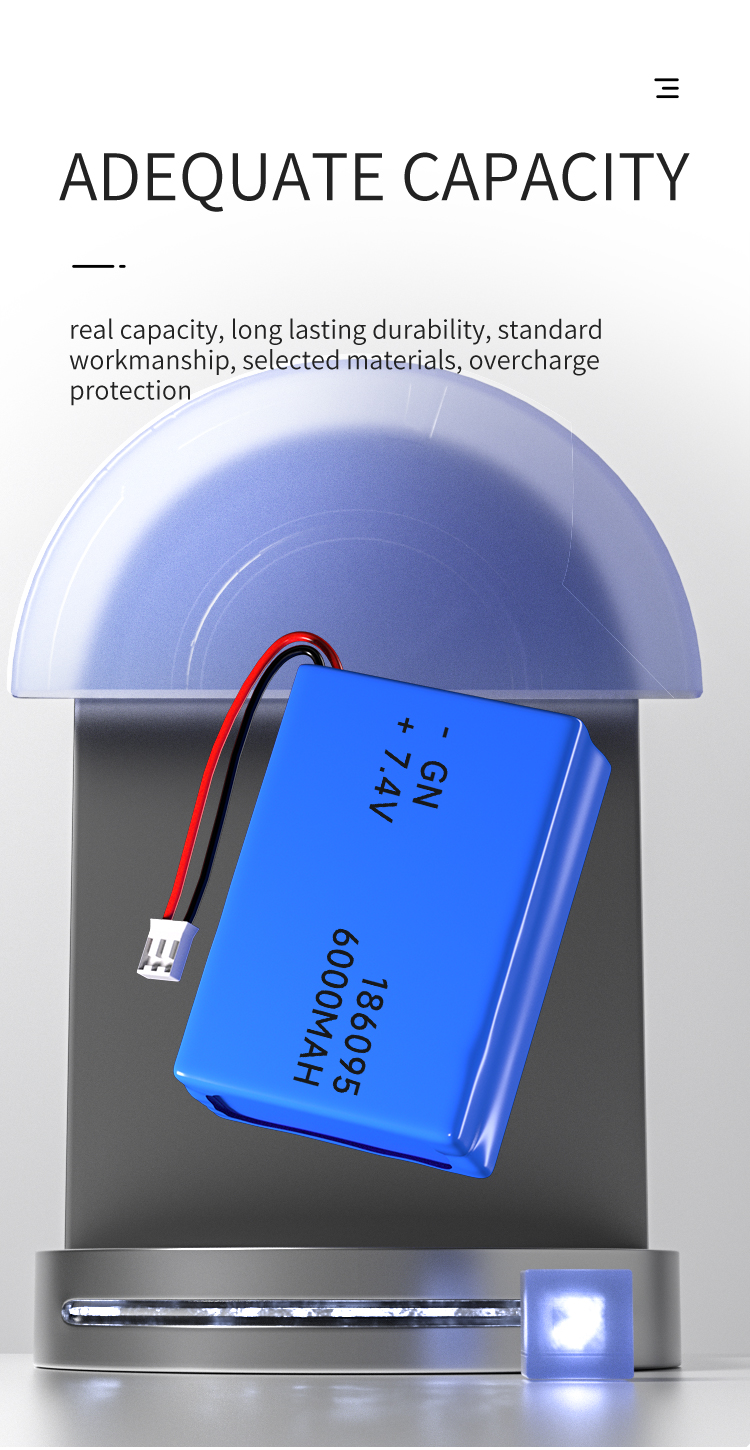
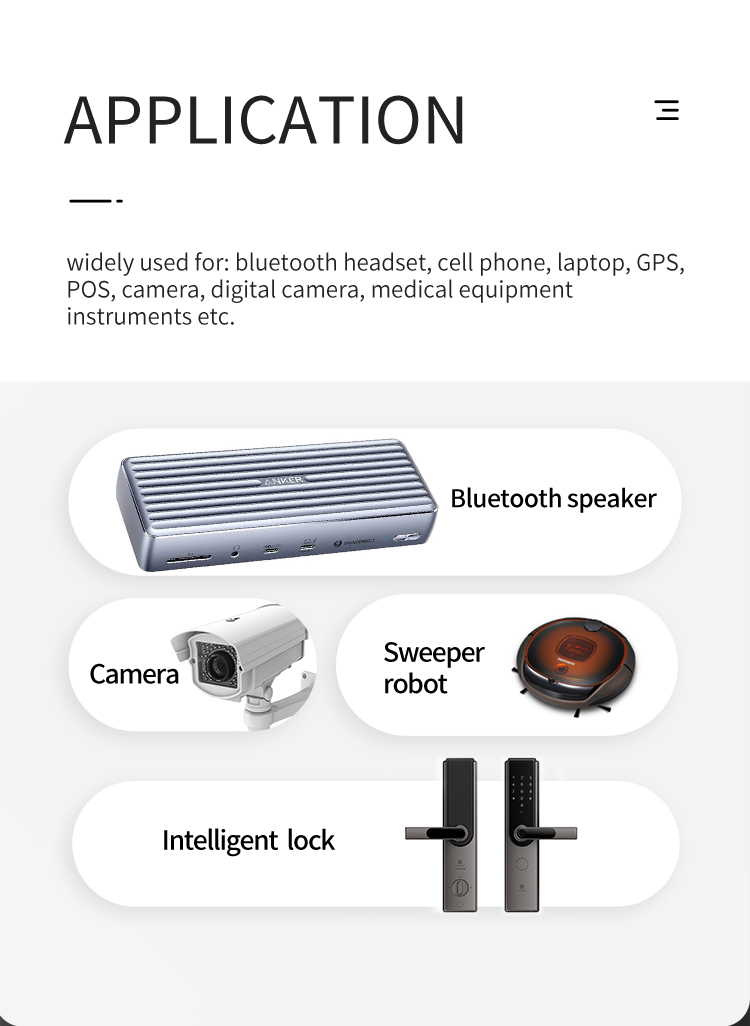
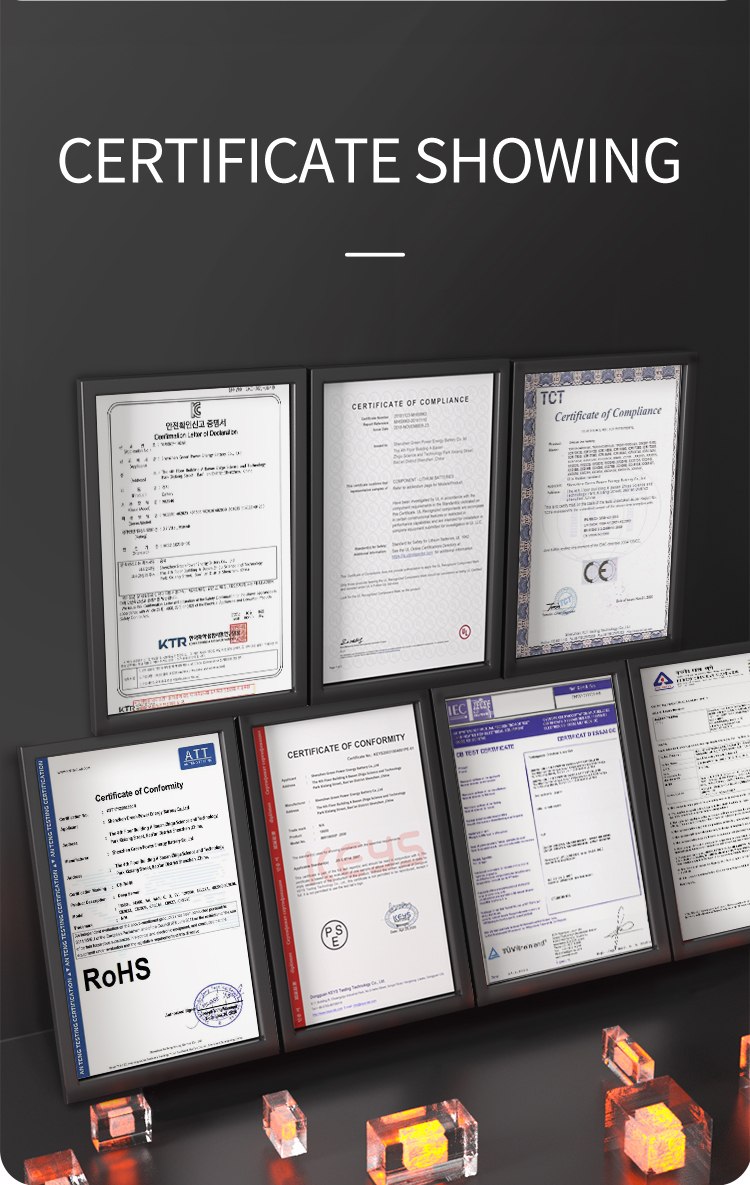

































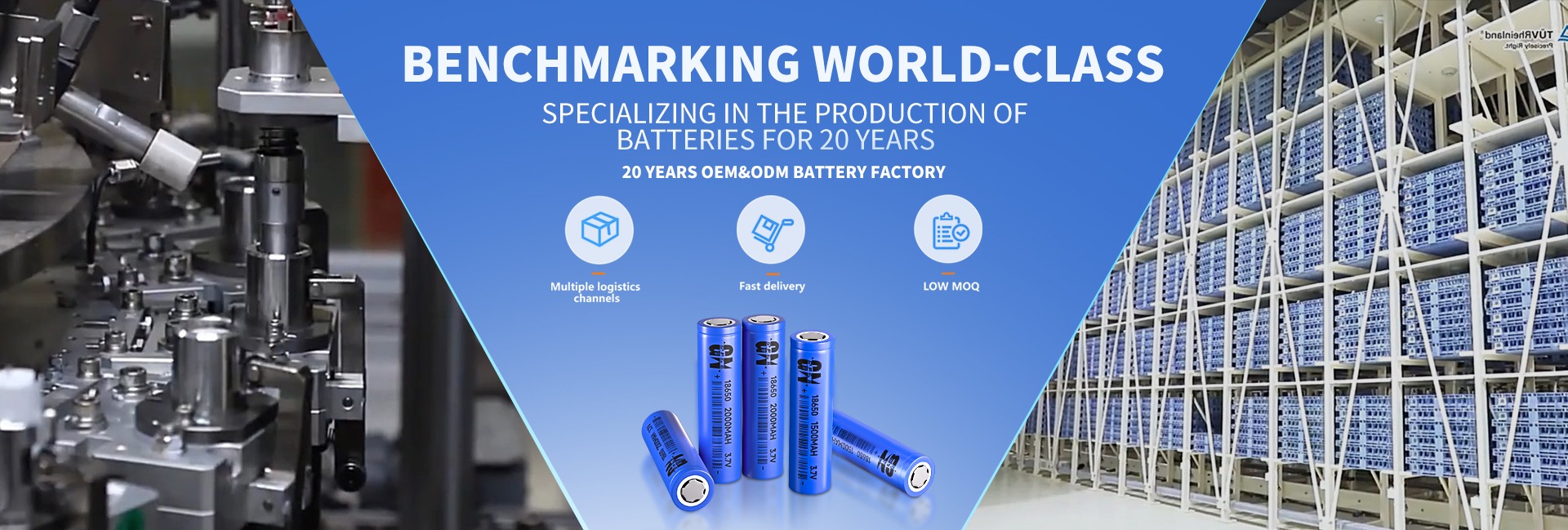
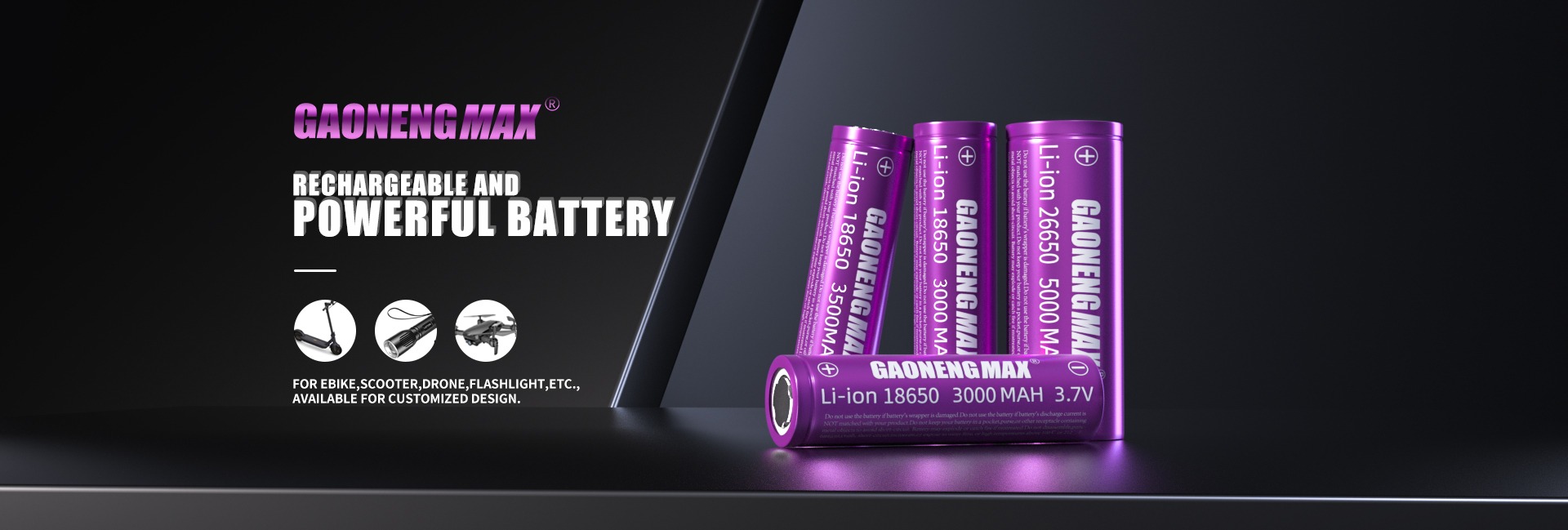
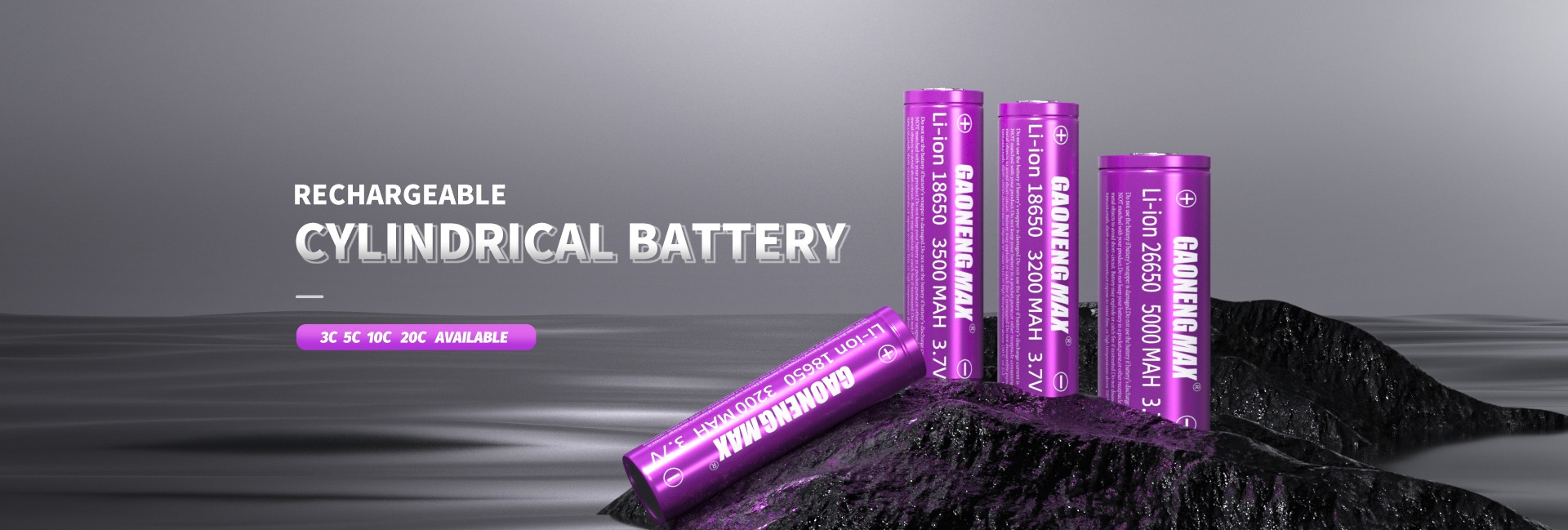
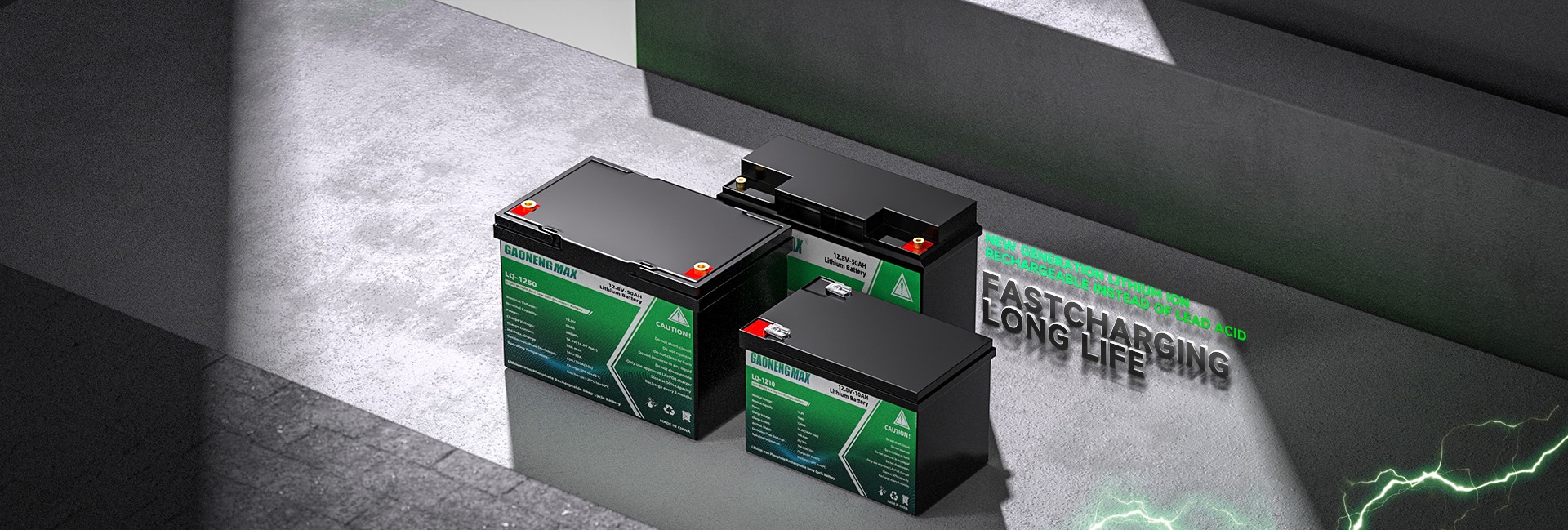

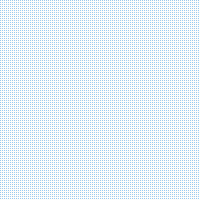
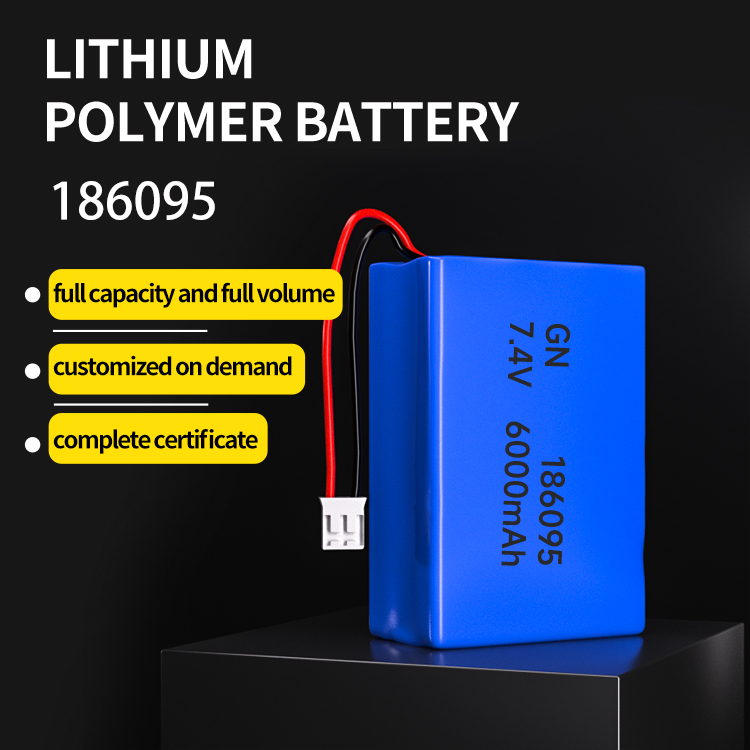
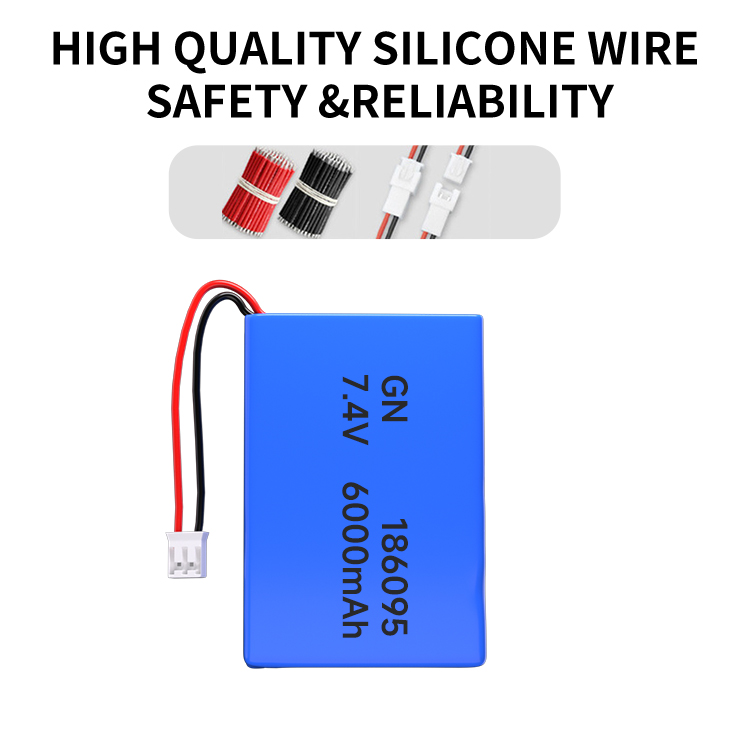

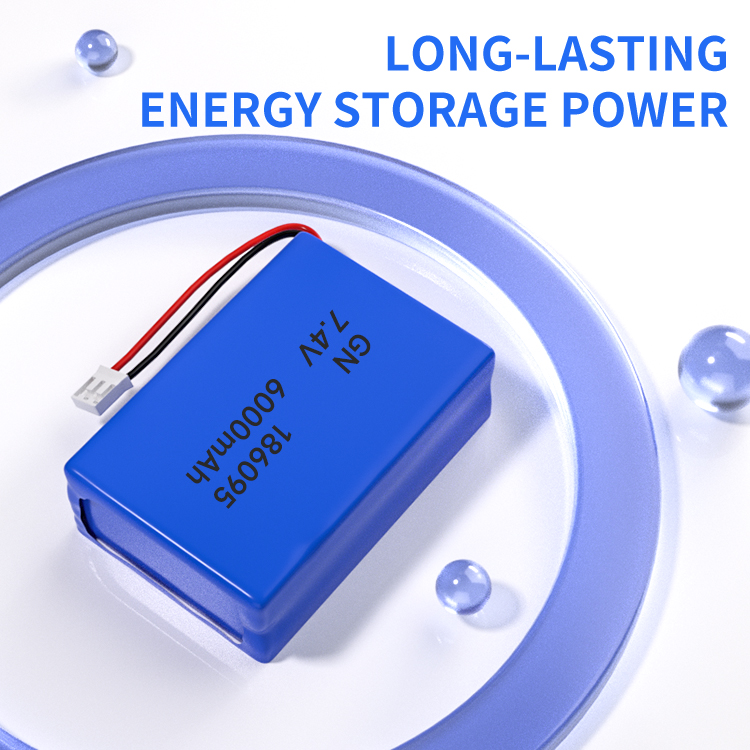




























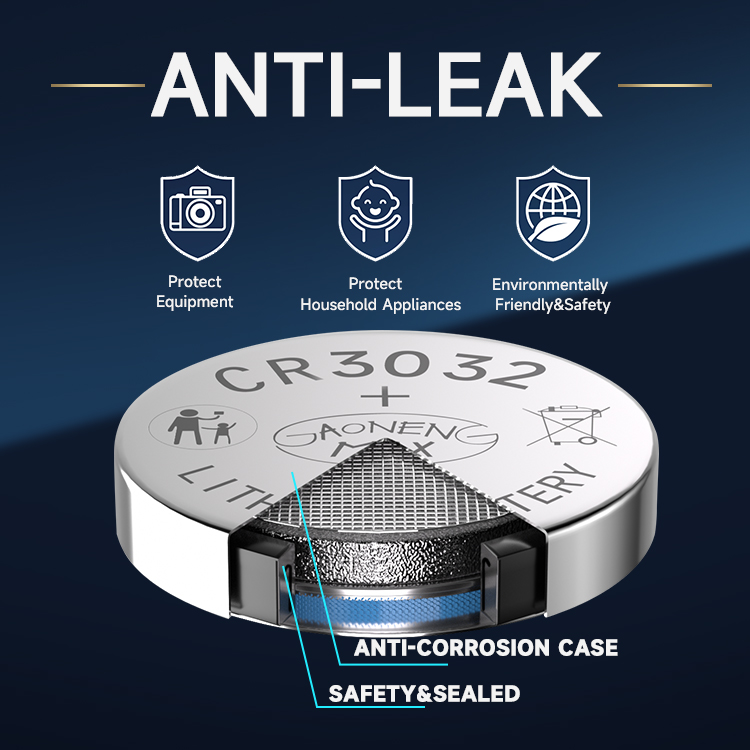














 360° FACTORY VR TOUR
360° FACTORY VR TOUR
 Whatsapp
Whatsapp
 Tel
Tel Email
Email TOP
TOP